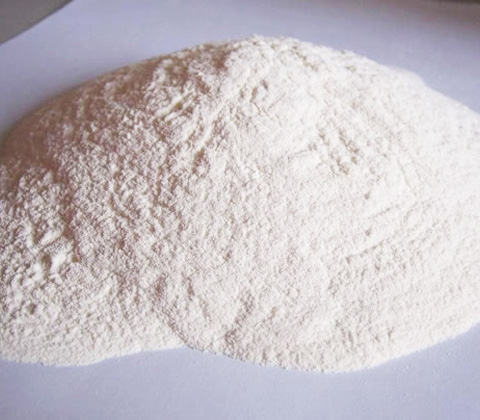Zinc Oxide
CAS No.: 1314-13-2
Molecular formula:OZn
Molecular weight:81.39
EINECS No.:215-222-5
Solubility: Soluble in acid, sodium hydroxide, ammonium chloride, insoluble in water, ethanol and ammonia.
Stability: Stable. Incompatible with magnesium and strong acids.
Specification:
Items | Index | ||
Type 1 | Type Ⅱ | Type Ⅲ | |
Appearance | White powder | ||
Content of zinc oxide(on dry basis) w/% ≥ | 99.7 | 99.7 | 99.5 |
Content of metal matters (on Zn basis) w/% ≤ | None | None | 0.008 |
Hydrochloric insolubles w/% ≤ | 0.006 | 0.008 | 0.03 |
Burning reduction w/% ≤ | 0.20 | 0.20 | 0.25 |
Sieve residue (45μm Testing sieve) w/% ≤ | 0.10 | 0.15 | 0.20 |
Water solubles w/% ≤ | 0.10 | 0.10 | 0.15 |
105 ℃ Volatile w/% ≤ | 0.3 | 0.4 | 0.5 |
Lead(Pb) w/% ≤ | 0.0080 | 0.05 | 0.10 |
Copper(Cu) w/% ≤ | 0.0002 | 0.0004 | 0.0007 |
Manganese(Mn) w/% ≤ | 0.0001 | 0.0001 | 0.0003 |
Cadmium(Cd) w/% ≤ | 0.0020 | 0.0050 | 0.010 |
Iron(Fe) w/% ≤ | 0.0050 | 0.010 | |
Specific surface/ (m2/g) | Open | ||
Oil absorption”/g/100g) | Open | ||
Color | Open | ||
Achromatic power | Open | ||
Applications
Zinc oxide finds a wide applications in fine chemicals, rubber, coatings, electronic components, pharmaceuticals, glass, ceramics, viscose, photosensitive electronics, paint, paper, plastics, magnetic materials, refined petroleum, natural gas desulfurization, high energy batteries, building materials,etc.
99.7% Zinc oxide is filtered by 100 mesh during processing to ensure the quality required for higher dispersion, no dust, easy to weigh. As an activator, 99.7% zinc oxide is generally used with stearic acid in sulfur vulcanization process to improve vulcanization efficiency.
Packing: Net 25KG/ bag
Recommended dosage: 2.5-6.5phr
Storage: Stored in a cool, dry place, away from direct sunlight.










